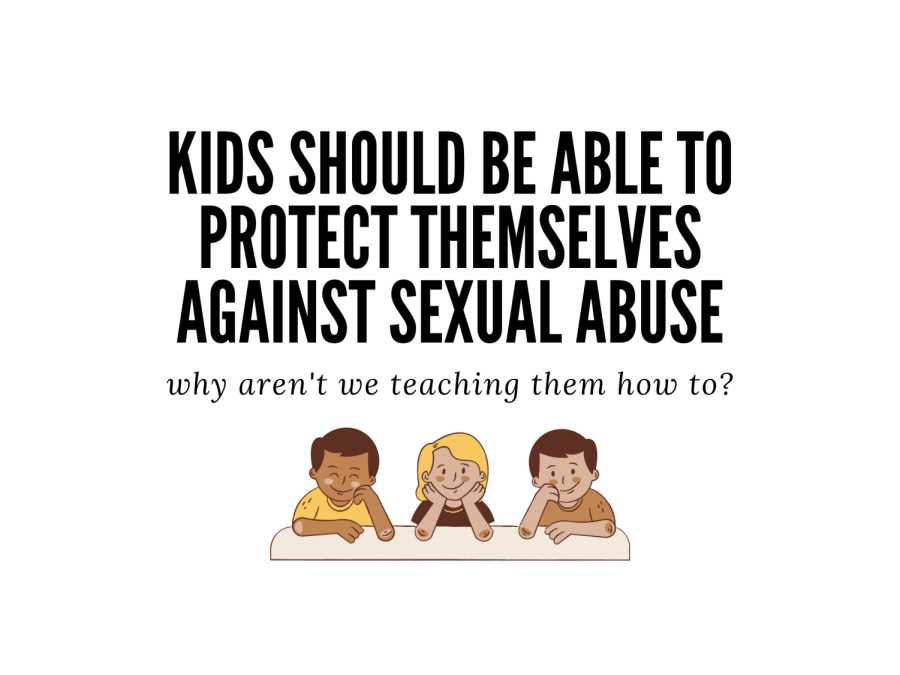Why Aren’t We Teaching Sexual Education Earlier?
NCDPI’s inadequate curriculum on sex education holds serious consequences.
December 10, 2021
The failure of the American sexual education curriculum is deeply harmful. Though often viewed as awkward and embarrassing, sex education has the potential of reducing sexual abuse, domestic violence, and sexually transferred diseases.
Students in North Carolina Public Schools do not begin to learn about their own bodies until fifth grade (around ten years old) despite the age group being most vulnerable to child sexual abuse being 7-13 years old. Children should begin learning about what abuse is before they are abused, otherwise perpetrators can easily get away with or repeat their actions.
Due to the increase in accessibility to the internet, porn is teaching children about sex earlier than schools. Consequently, many children have misconstructed views about how bodies are supposed to look, as well as a norm of violence in the bedroom.
To take a step back, the definition of sexual assault and what to do if it happens is not even clearly explained once students learn the materials of the curriculum. This could explain how more than 2 out of 3 cases go unreported. Furthermore, before taking the courses on sex education in school, a form is sent home to parents/guardians: allowing parents/guardians to exempt their children from the short portion of sex education curriculum. Considering 34% of sexual assaults happen against youth are family members.
The curriculum has many other faults, including the lack of adequate LGBTQ+ sex education in which the North Carolina law requires teachers to teach, that a “faithful monogamous heterosexual marriage” is the best way to avoid STDs; the abstinence based teachings to a group of students in which the majority have had sex; the separation of kids into binary genders when learning about their bodies.
There needs to be a more realistic and clear sexual education curriculum that is taught as early as kids are at risk of being abused. Additionally, teachers need to receive better training and material in order to properly deliver the information to students.







